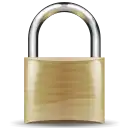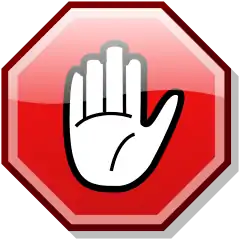5e SRD:Equipment
Equipment
Common coins come in several different denominations based on the relative worth of the metal from which they are made. The three most common coins are the gold piece (gp), the silver piece (sp), and the copper piece (cp).
With one gold piece, a character can buy a bedroll, 50 feet of good rope, or a goat. A skilled (but not exceptional) artisan can earn one gold piece a day. The gold piece is the standard unit of measure for wealth, even if the coin itself is not commonly used. When merchants discuss deals that involve goods or services worth hundreds or thousands of gold pieces, the transactions don’t usually involve the exchange of individual coins. Rather, the gold piece is a standard measure of value, and the actual exchange is in gold bars, letters of credit, or valuable goods.
One gold piece is worth ten silver pieces, the most prevalent coin among commoners. A silver piece buys a laborer’s work for half a day, a flask of lamp oil, or a night’s rest in a poor inn.
One silver piece is worth ten copper pieces, which are common among laborers and beggars. A single copper piece buys a candle, a torch, or a piece of chalk.
In addition, unusual coins made of other precious metals sometimes appear in treasure hoards. The electrum piece (ep) and the platinum piece (pp) originate from fallen empires and lost kingdoms, and they sometimes arouse suspicion and skepticism when used in transactions. An electrum piece is worth five silver pieces, and a platinum piece is worth ten gold pieces.
A standard coin weighs about a third of an ounce, so fifty coins weigh a pound.
| Coin | CP | SP | EP | GP | PP |
|---|---|---|---|---|---|
| Copper (cp) | 1 | 1/10 | 1/50 | 1/100 | 1/1,000 |
| Silver (sp) | 10 | 1 | 1/5 | 1/10 | 1/100 |
| Electrum (ep) | 50 | 5 | 1 | 1/2 | 1/20 |
| Gold (gp) | 100 | 10 | 2 | 1 | 1/10 |
| Platinum (pp) | 1,000 | 100 | 20 | 10 | 1 |
Selling Treasure
Opportunities abound to find treasure, equipment, weapons, armor, and more in the dungeons you explore. Normally, you can sell your treasures and trinkets when you return to a town or other settlement, provided that you can find buyers and merchants interested in your loot.
Arms, Armor, and Other Equipment. As a general rule, undamaged weapons, armor, and other equipment fetch half their cost when sold in a market. Weapons and armor used by monsters are rarely in good enough condition to sell.
Magic Items. Selling magic items is problematic. Finding someone to buy a potion or a scroll isn’t too hard, but other items are out of the realm of most but the wealthiest nobles. Likewise, aside from a few common magic items, you won’t normally come across magic items or spells to purchase. The value of magic is far beyond simple gold and should always be treated as such.
Gems, Jewelry, and Art Objects. These items retain their full value in the marketplace, and you can either trade them in for coin or use them as currency for other transactions. For exceptionally valuable treasures, the GM might require you to find a buyer in a large town or larger community first.
Trade Goods. On the borderlands, many people conduct transactions through barter. Like gems and art objects, trade goods—bars of iron, bags of salt, livestock, and so on—retain their full value in the market and can be used as currency.
Back to Main Page → 5e System Reference Document

